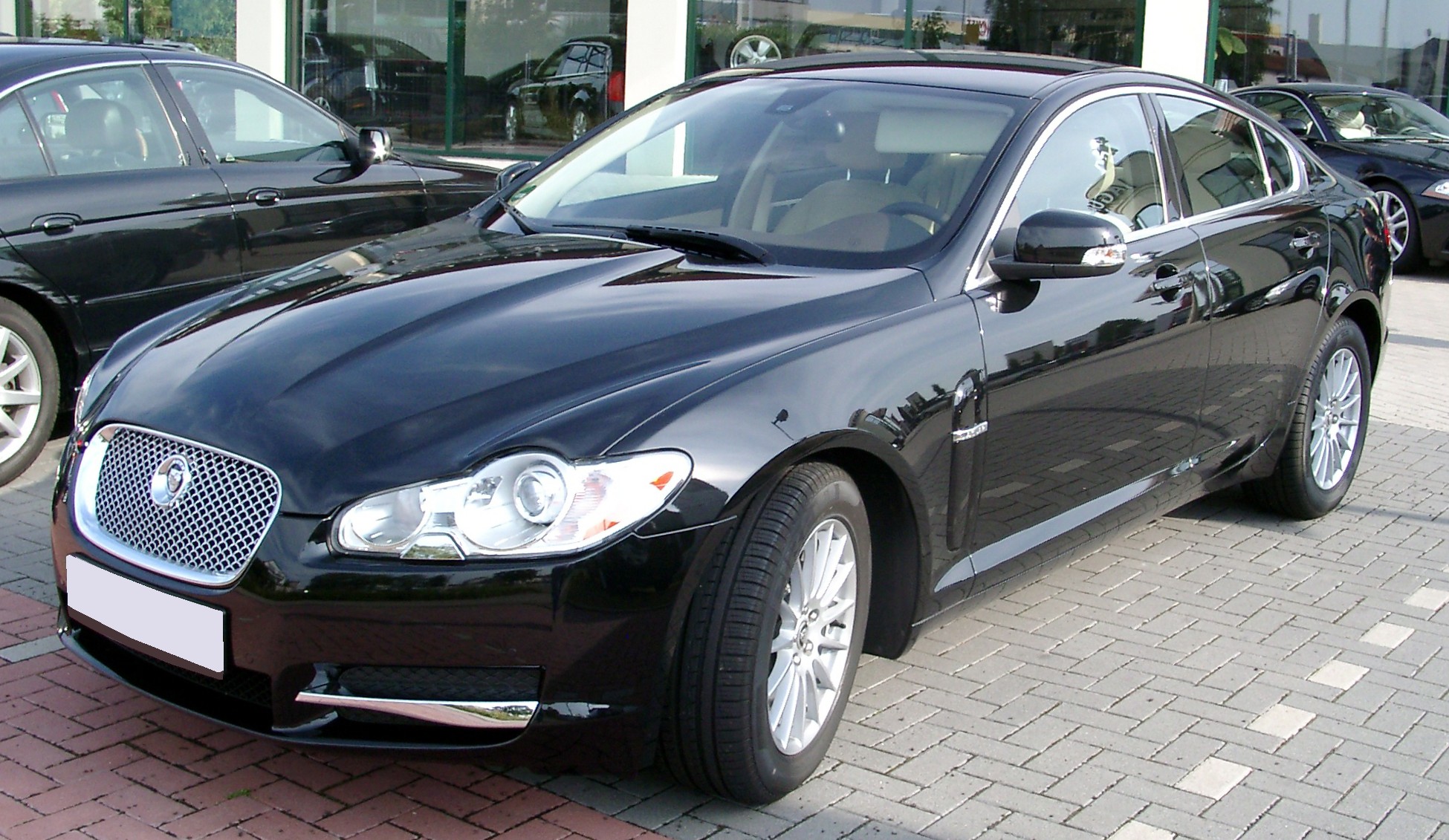Some may remember the CityRover and chances are this will be a less than fond recollection of a sad end to a once-proud name. Having got into a vicious cycle with the 25 and 45 (and possibly to some extent the 75) of ageing products no longer generating enough sales to fund their replacement, in a desperate attempt to expand their range, MG Rover struck a deal during 2003 with Indian car maker Tata to import its Indica supermini and sell it in the UK as a Rover.
 |
| The infamous ShittyRover. A massive missed opportunity or an insult to a once-great name? |
Whereas the Indica reputedly cost somewhere between £900 and £2000 to build and was sold in India as basic transport, there was still a perception within the company that Rover was a builder of prestige cars that were a cut above the likes of Ford and Vauxhall and putting the Rover badge on a budget car was inappropriate, which pushed the starting price of the CityRover up to £6495. At that money, it was outclassed by stiff European and East Asian competition and quality, particularly of the interior, was not up to scratch as the changes made by Rover to the basic Indian-built design were basically limited to a few suspension tweaks, modifying the engine to meet European legislation and adding Rover badges. The car's reputation was not helped by MGR's refusal to lend one to Top Gear for testing, and in his hidden-camera road test of a dealer demonstrator James May gave it a less than favourable review
The main market for the CityRover seemed to be dedicated and often elderly long-term Rover buyers looking to replace their Metros, who bought one more out of loyalty to the brand than on the car's own merits. I remember looking at a brand new example soon after launch and telling the salesman I thought it was a load of Indian rubbish, despite his efforts to convince me it was a proper Rover. In retrospect I feel sorry for the salesmen who deep down knew that was true but had the unenviable task of trying to sell the car on traditional Rover values that were largely non-existent. Today the remaining examples are virtually worthless, changing hands for a few hundred pounds, and the car is widely derided and commonly nicknamed the 'ShittyRover'.
Things could have been so different though. Tata is now known and respected as the parent company of Jaguar Land Rover, a brand going from strength to strength with innovative, well-built and popular products and a strong image. Just imagine what could have happened if MG Rover was able to continue its association with Tata and share in the success of what could have been its sister brand, instead of pursuing ultimately unsuccessful joint ventures with the Chinese that led to a slow lingering death.
 |
| A Rover-badged derivative of the Jaguar XF could have been an exciting prospect. |
A range of Jaguar-based Rovers and MGs with the traditional values of quality, luxury and performance is an exciting thought and these marques could have returned to their established positions in the British Leyland hierarchy. In the case of Rover I see this as prestige cars sitting a notch below Jaguar but above the mainstream marques, with a quality image like that of Volkswagen, while MG would make performance versions of the Rovers and small sports cars harking back to the golden age of the MGB and Midget and competing with the likes of the MX-5 and MR2. Had Tata shown a desire to enter the mainstream market, the Austin or Morris names could have been revived; perhaps even both with one as a budget marque aimed at Dacia, Kia and the like, maybe built in India for lower labour costs, and the other as an equivalent to volume sellers such as Ford and Vauxhall, thus providing coverage of all market sectors as envisaged by British Leyland.
The possible brand hierarchy could look something like this:
- Jaguar: luxury saloons and large sports cars
- Land Rover: 4x4 sport-utility vehicles
- Rover: prestige family/company cars
- MG: hot hatches and small sports cars
- Austin: mainstream family/company cars
- Morris: Indian-built budget cars
- Tata: commercial vehicles
To sum up, the alternative scenario I am proposing is that the CityRover was instead sold for £4-5000 as basic, no-frills motoring, perhaps under the Austin Metro name to avoid damaging Rover's prestige image, and proved a big hit with budget-conscious buyers who maybe would otherwise have been unable to afford a brand new car. This successful collaboration led to further joint ventures with Tata to replace the ageing 25 and 45, and Tata was able to use MG Rover's experience to engineer its own home-market cars to western standards. Ultimately Tata would have taken over MG Rover entirely, thus negating the need to find a Chinese joint venture partner and the company's resulting collapse. Assuming Tata's subsequent purchase of Jaguar Land Rover from Ford still went ahead, this would have created a mini Rover Group consisting of Rover, MG, Jaguar and Land Rover, plus possibly Austin and any other dormant brands Tata may have opted to resurrect. Perhaps I have gone too far with my conjecture of the ultimate results, but it seems plausible that the outcome of MG Rover joining Jaguar Land Rover in Tata ownership could easily have happened under different circumstances.
Great post...Keep posting...
ReplyDeleteIf you are looking for the best quality Spare Parts For Tata Cityrover then your search ends here as we provide the best quality spares which could work efficiently for your TATA vehicle. Bp Auto Spares India assure you of the best customer services and deliver you all the parts that you need for your vehicle.
Our Official Website: http://bit.ly/2SBHdOw